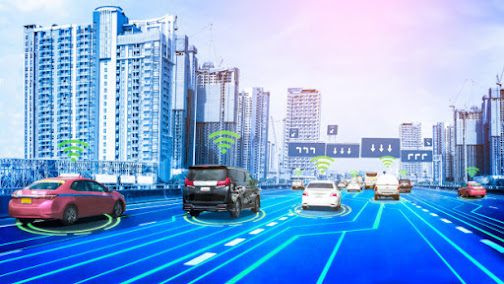Manufacturers are Focused on Developing 4D Automotive Radars for Application in Cars, Planes, Trains, Buses, and Robotaxis
Automotive
radars are usually used to detect the velocity and distance of vehicles in the
surrounding area. An automotive radar normally consists of a receiver and
transmitter. The transmitter sends radio waves out into the area, and the
receiver reflects them back to the transmitter, identifying the distance, speed
and direction of the reflected signals.
The
demand for automotive
radars is expected to decline in major markets of Europe such as the
U.K and Germany. This is attributed to decline in sales of automobiles. According
to the Society of Motor Manufacturers and Traders, the new car registrations in
the U.K. decreased by 44% in March 2020 compared that in March 2019.
Automotive
radars are designed to operate in a silent mode. However, when they are
activated by a person's movement, the systems produce audible and sometimes
annoying noises. Manufacturers are now focused on 4D imaging radar. Israel-based
start-up Vayyar recently reported development of a 4D imaging radar, which is
more accurate and versatile than conventional radar sensors. The technology finds
application in cars, planes, trains, buses, and robotaxis.
There
are two main types of automotive radars: short-range and long-range.
Short-range radar works by monitoring vehicles using radio frequencies in 5
megahertz range. This kind of device uses a single antenna that sends signals
to a central station. If these signals are received by the central station, the
station will alert you by sending alerts to your vehicle's console.
On
the other hand, long-range automotive radars use a transceiver that receives
signals at a much higher frequency. This frequency will be processed by a
centralized station and the device will generate a signal that will be
interpreted by the receiver. The information generated by the auto radars is
used for various purposes such as collision avoidance, preliminary tracking,
emergency assistance and tracking a vehicle involved in an accident.

Comments
Post a Comment